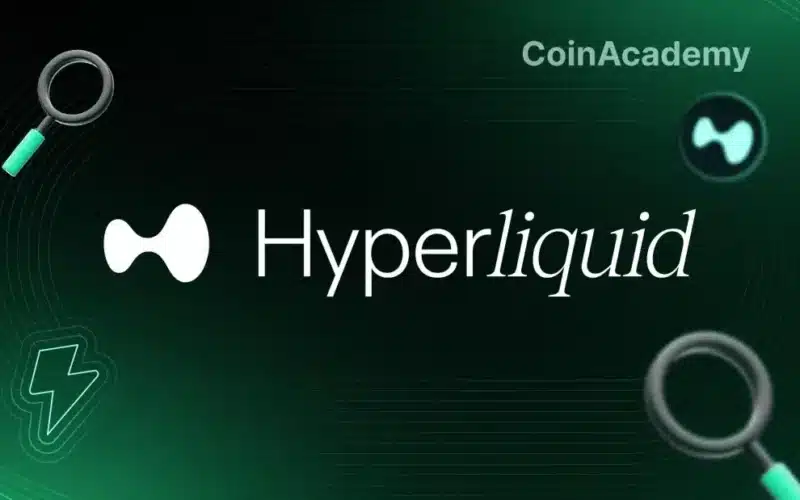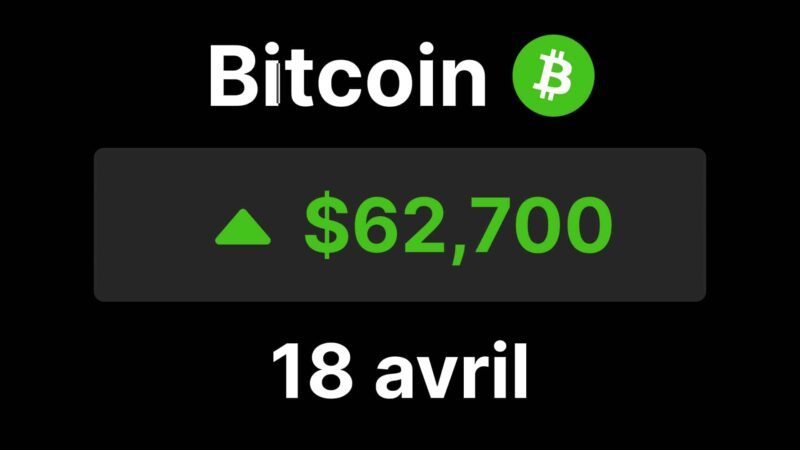Hyperliquid Launches On-Chain BTC Spot Trading via Unit
Hyperliquid achieves a major milestone with the introduction of Bitcoin (BTC) spot trading, made possible by Unit, its new decentralized asset tokenization layer. This advancement paves the way for a more seamless and integrated trading ecosystem, allowing users to deposit, withdraw, and trade major assets like BTC directly on the platform.
Unit: The Cornerstone of Asset Tokenization on Hyperliquid
Exclusive to Hyperliquid, the Unit layer acts as a bridge between native blockchains and the Hyperliquid ecosystem. Traders can now deposit their BTC directly from their wallets or centralized exchange accounts. In addition to Bitcoin, other major assets like ETH and SOL will soon be integrated, ensuring comprehensive coverage of the market’s key tokens.
A Unified Trading Experience and New Opportunities
The integration of Unit on Hyperliquid brings several major innovations for traders:
- One-click native deposits and withdrawals: Users can transfer their BTC directly from their personal wallets or accounts on centralized platforms.
- Integrated spot and derivatives trading: One platform for simultaneous access to spot and derivatives markets, optimizing position management.
- Simplified access to USDC liquidity: Users can deposit cryptocurrencies from any supported blockchain and sell on the spot order book to acquire USDC.
A Robust Infrastructure with the Guardian Network
At the heart of the Unit protocol is a distributed network called the Guardian Network, composed of independent operators responsible for securely and transparently validating transactions. This architecture is based on several key elements:
- Multi-Party Computation (MPC) and TSS consensus: A distributed signature method (2-out-of-3) that ensures no single entity can control operations.
- Chain indexers: Independent and automatic verification of all on-chain activities.
- Distributed management of private keys: Keys are fragmented and secured in trusted enclaves like AWS Nitro.
This architecture guarantees security, resilience, and neutrality while serving the needs of users.
Advanced Features for Institutional Traders
With Unit, Hyperliquid positions itself as a preferred platform for professional and institutional traders with advanced trading tools:
- Cross-margining: Using major assets (BTC, ETH, SOL) as cross margins, increasing capital efficiency.
- Basis trades on-chain: Ability to arbitrage price discrepancies between spot and futures markets, directly on-chain.
- Delta hedging for options: Advanced hedging strategies through native spot integration.
- Efficient DeFi liquidations: Fast and on-chain settlement of liquidations in DeFi protocols connected to Hyperliquid.
Criticism of Regulatory Compliance Despite Decentralized Facade
While Unit highlights its decentralized structure, certain aspects of its regulatory compliance policy have raised debates within the crypto community:
- IP georestriction and VPN filtering: Contrary to the spirit of an open web3, these measures restrict access based on user location.
- Transaction monitoring and collaboration with authorities: Although Unit is not a ‘mixer,’ all operations are recorded and can be shared with law enforcement upon legal request.
- Screening via blockchain analysis: Strict compliance with sanctions (OFAC) which, while preventing abuse, also reduces user anonymity.
A Major Breakthrough, but Questions about Decentralization
The introduction of spot trading on Hyperliquid via Unit marks a undeniable technological advancement for on-chain trading, opening new possibilities for traders from beginners to institutional investors. However, this innovation comes with compliance practices that, while necessary for regulation, deviate from the decentralization ideals cherished by the crypto ecosystem. Will Hyperliquid be able to reconcile regulatory security and on-chain freedom?




